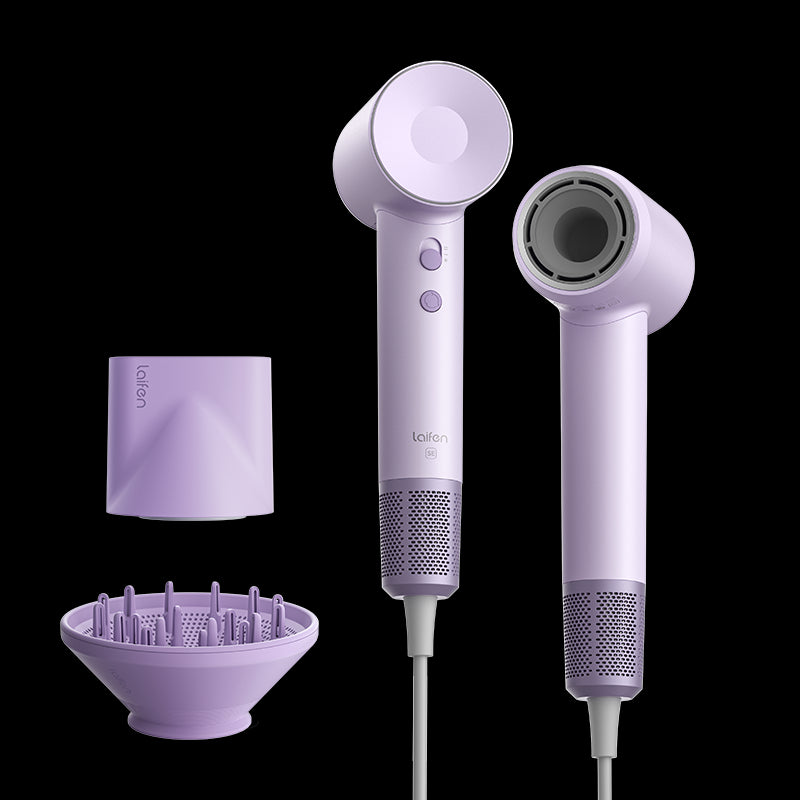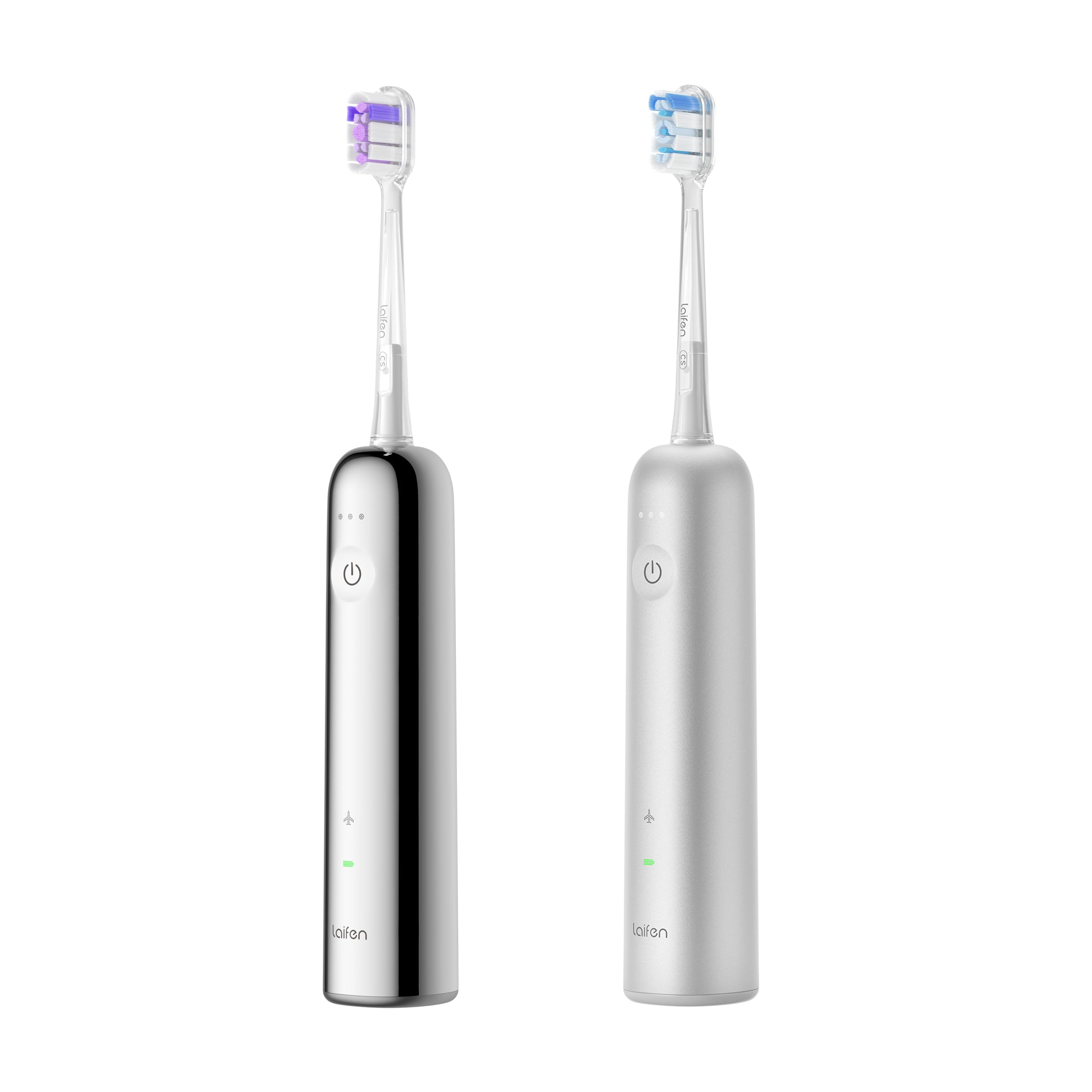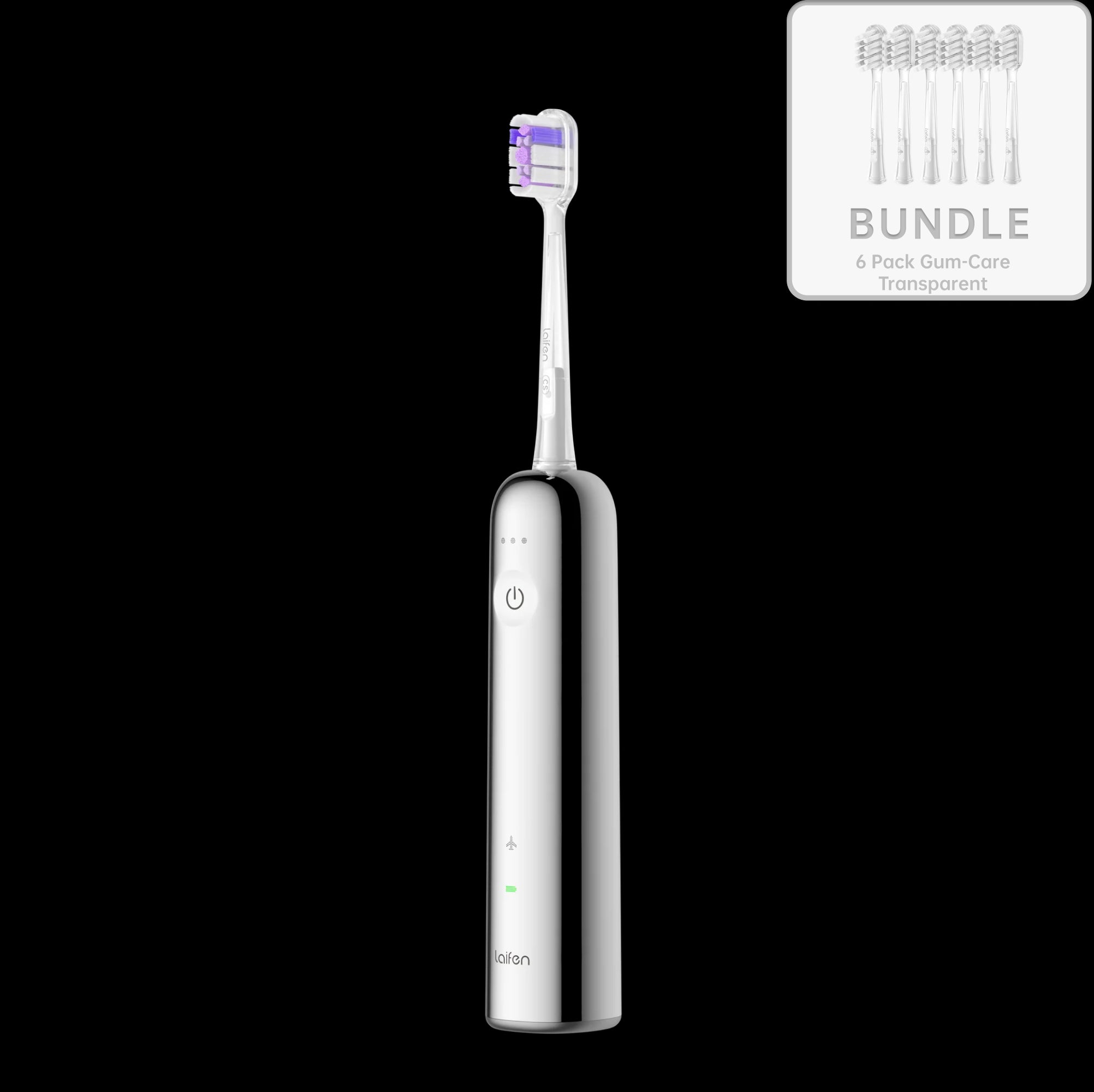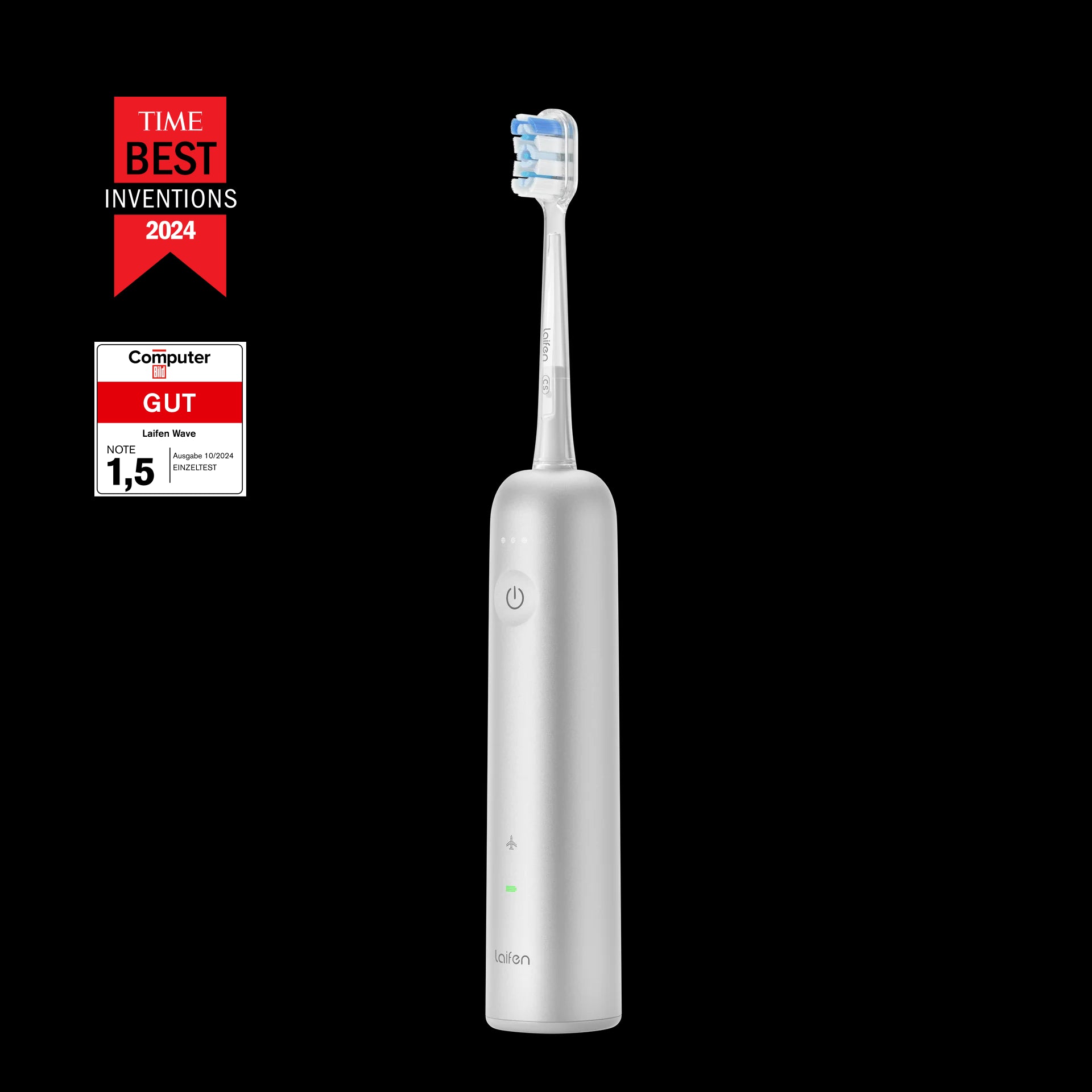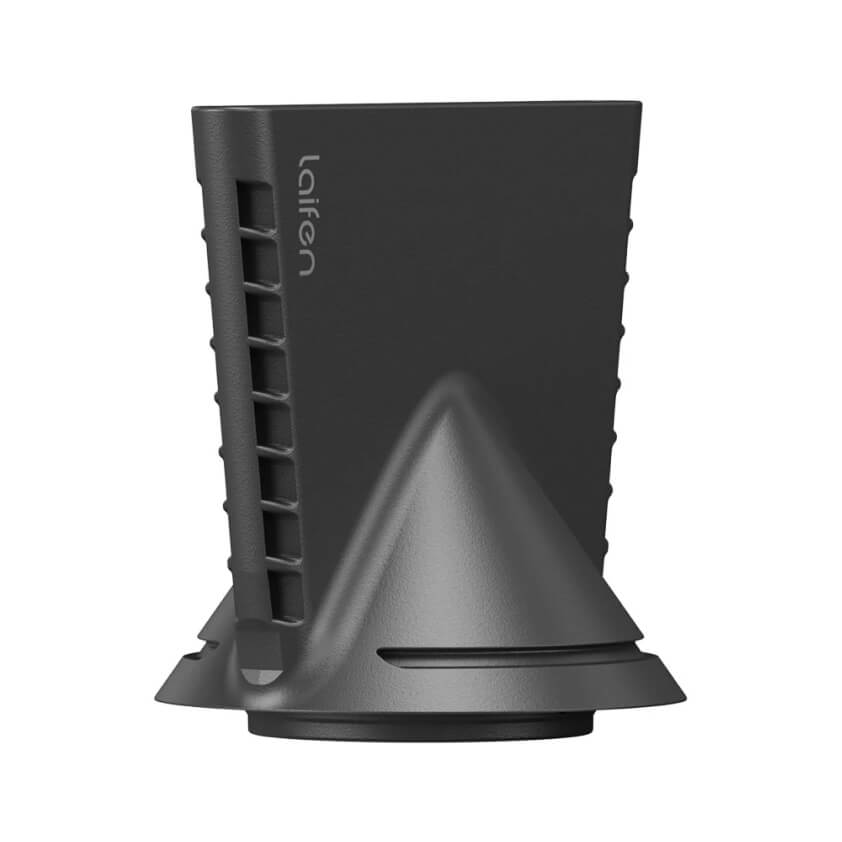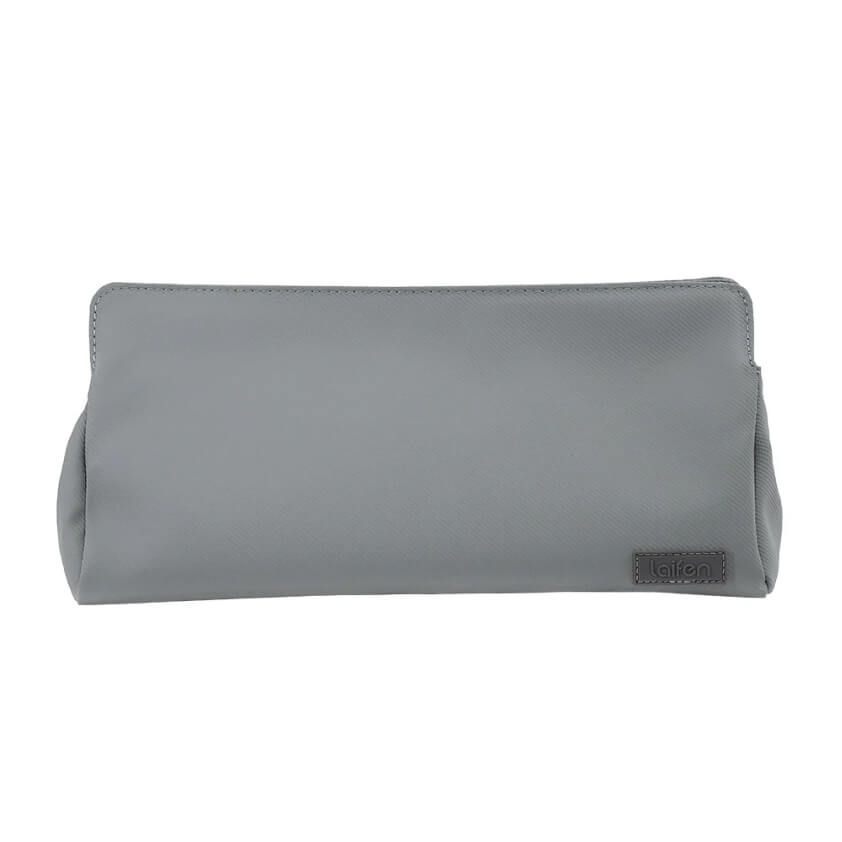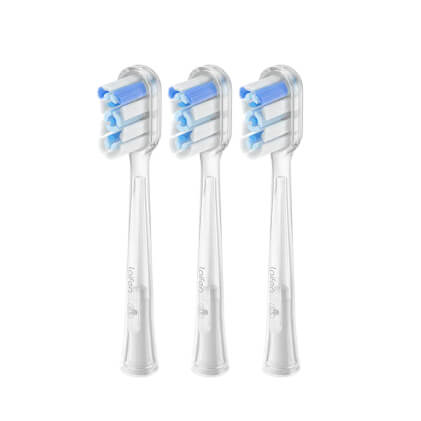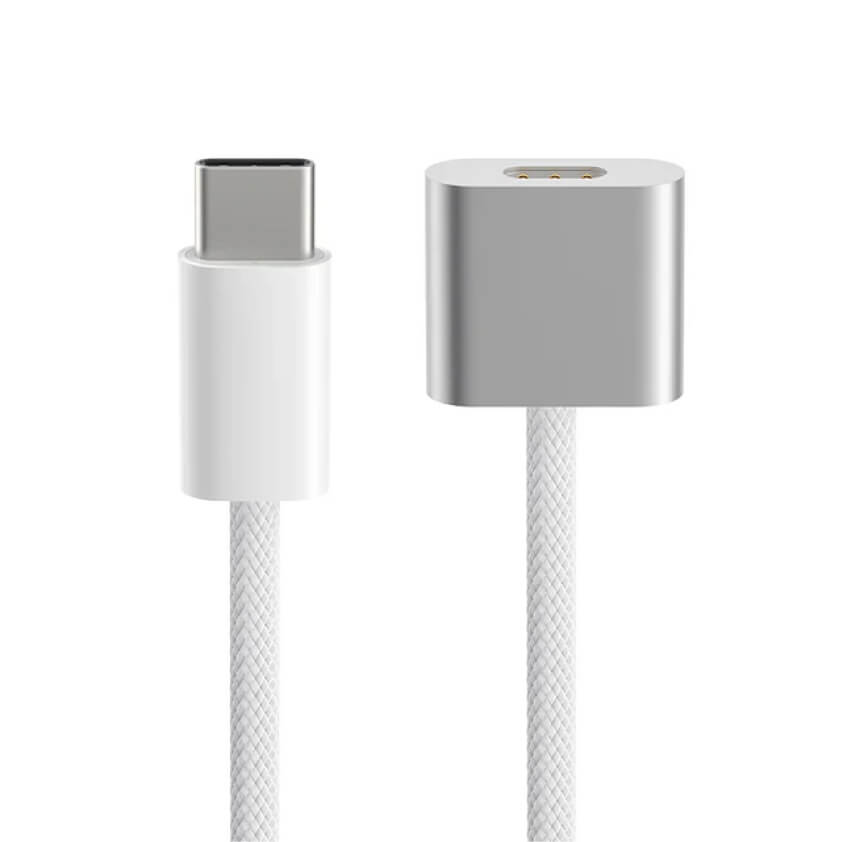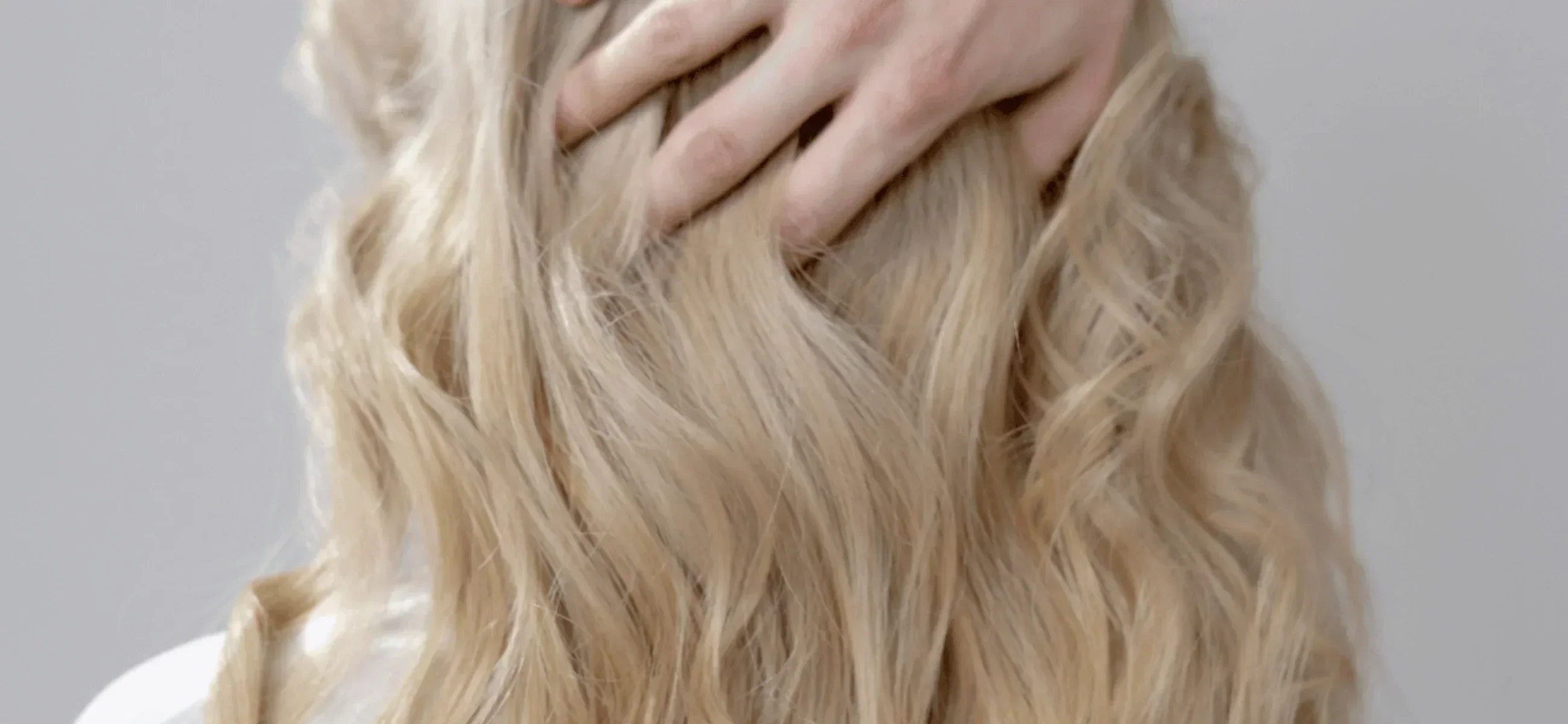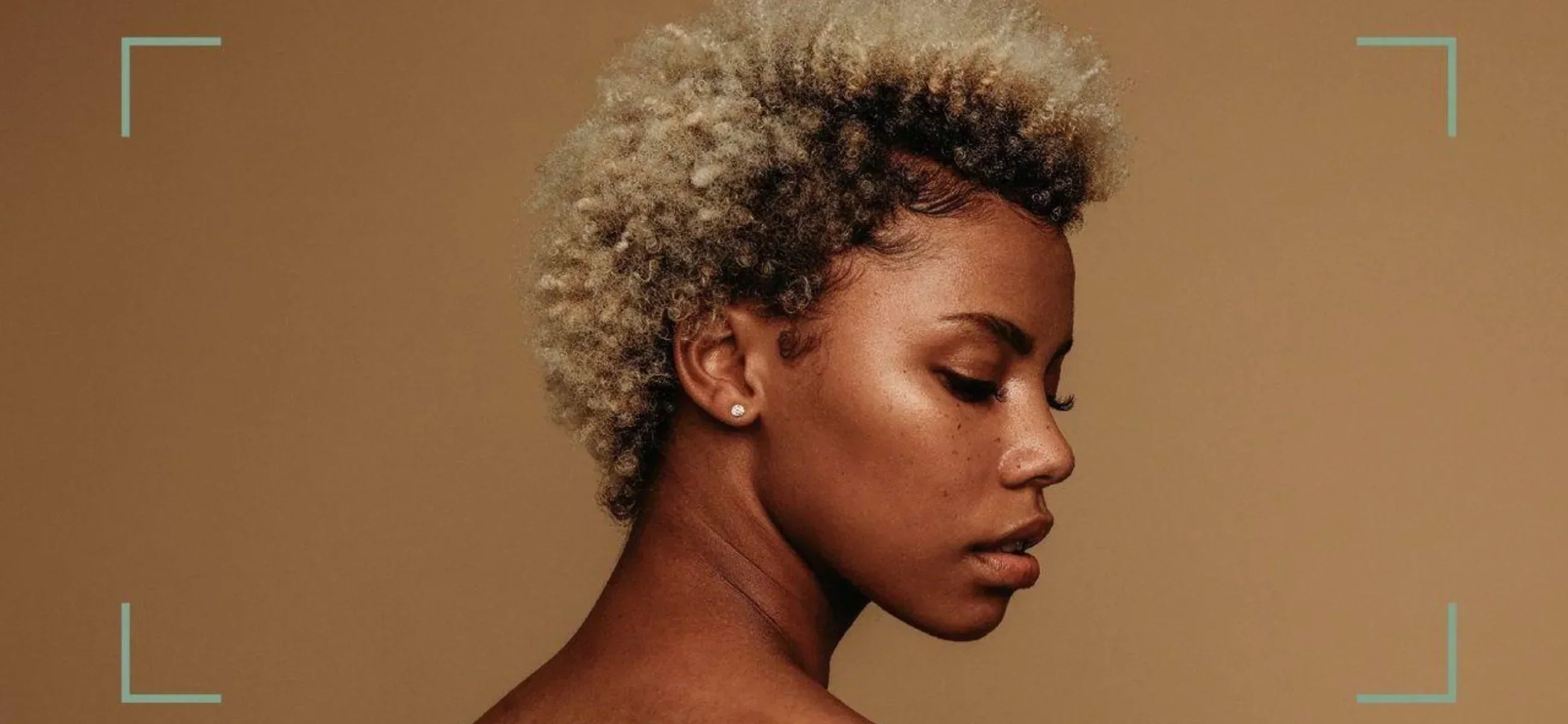
In this article
Many people start using purple shampoo daily, thinking it will keep their blonde or silver hair looking great, only to realize later that they might be overdoing it. That’s when the big question comes up: how often should you actually use purple shampoo? The answer isn’t one-size-fits-all. Hair type, color, length, and even how prone your hair is to brassiness all play a role in finding the right balance. It's time to read this post!
[Related topics: What is purple shampoo used for?]
[Related topics: How to properly use a purple shampoo?]
How often should I use a purple shampoo
There’s no universal rule, and the right frequency depends on your unique hair type, condition, and lifestyle. Listen to your hair, adjust as needed, and remember: a little purple shampoo goes a long way!
1. Hair type – Fine, thick, or curly? It matters
Not all hair reacts to purple shampoo the same way. If you have fine or porous hair, your strands soak up pigment fast. On the other hand, thick or coarse hair, especially if it’s naturally resistant to color, may require twice a week to keep brassiness at bay. Curly-haired individuals should be even more mindful, as purple shampoos can be drying, and curls thrive on moisture.
2. Hair length – Long hair needs more care
The longer your hair, the more environmental factors can affect its tone. If your hair is short or freshly cut, you might not need purple shampoo as often because your strands haven’t had time to absorb as much brassiness. But if you have longer hair, especially if it’s bleached or silver, your ends may start turning warm or yellow faster.
To maintain an even color, using purple shampoo once or twice a week can help, but focusing more product on the lower sections ensures the tone stays consistent from root to tip.
3. Hair condition – Damaged or dry hair needs a gentler approach
Bleached or chemically processed hair is often more fragile. If your hair is already dry, brittle, or damaged, using purple shampoo too often can strip away essential oils. In this case, using it every 7–10 days and always following up with a deep conditioner is the best approach. For healthier hair that isn’t overly processed, twice a week may be ideal, but always pay attention to how your strands respond.
4. Age – Silver hair has different needs
For those embracing their natural grays or silvers, purple shampoo is able to keep strands from turning yellow due to environmental exposure. But gray hair has a different texture, which is often coarser, drier, and more porous. This means once a week is usually enough, but those with whiter, ultra-light silver shades might find they need it twice a week to maintain brightness.
How to recover from using too often using purple shampoos
If you’ve been using purple shampoo too often and your hair is starting to look dull, over-toned, or even slightly purple, don’t panic because it’s fixable. The first step is to take a break from purple shampoo completely and switch to a sulfate-free cleanser that will remove excess pigment without drying out your hair.
In the meantime, focus on restoring moisture and balance to your hair. Overuse of purple shampoo can make hair feel brittle, so incorporating deep conditioning treatments, hair masks, and lightweight oils will help revive softness and shine. If your ends still hold onto too much purple pigment, a warm oil treatment can help lift stubborn tones while nourishing your hair.
How long does purple shampoo color last
The effects of purple shampoo don’t last forever, but they can make a noticeable difference in your hair’s tone for a few washes, 2-5 shampoos. If your hair is more porous like bleached, damaged, or naturally dry hair, the violet pigments can cling longer, sometimes lingering for up to a week. On the other hand, if your hair is healthy and smooth, the toning effects may fade faster. If you notice your hair losing its cool, bright tone, a once-a-week refresh with purple shampoo should help maintain the perfect balance.
What happens if I leave purple shampoo in my hair for 30 minutes
Leaving purple shampoo in your hair for 30 minutes might seem like a way to boost its toning power, but it can easily over-deposit pigments. This is especially true for lighter, porous, or bleached hair, which absorbs color more quickly. While some people experiment with longer application times to create a temporary silver or violet effect, most find that the results look uneven, with some sections taking on a more intense hue than others. If your goal is to tone brassiness rather than alter your hair color, sticking to the recommended time (2-5 minutes) is the safest approach.
Do you need both purple shampoo and conditioner
Purple shampoo is the main toning agent but it can also be drying, especially for bleached or silver hair. This is where purple conditioner comes in for the reason that it helps restore moisture while providing a more subtle toning effect. If your hair is already dry or prone to breakage, using just the shampoo without a hydrating conditioner can leave it feeling brittle. Some people find that alternating between purple shampoo and a regular deep conditioner works best, while others prefer using both purple products together for maximum toning. If your hair is light but doesn’t get brassy easily, a purple conditioner alone might be enough to maintain your ideal tone without over-toning or drying out your strands.
Why is my hair more yellow after purple shampoo
1. If your hair has product buildup, minerals from hard water, or leftover toner from a past color treatment, purple shampoo may not be able to work effectively. Instead of neutralizing brassiness, it can sit on top of the buildup. Clarifying your hair first with a clarifying shampoo or a vinegar rinse can help remove buildup so that the purple pigments can actually do their job.
2. Purple shampoo works by depositing violet pigments that counteract yellow tones, but if it’s rinsed out too quickly, it won’t have time to neutralize brassiness. If your hair is especially light or porous, it may need a longer processing time around 3-5 minutes for regular maintenance and up to 10 minutes for deeper toning. If you apply it and rinse right away, you might not see much of a difference, and your hair could still look just as yellow as before.
3. Purple shampoo is designed to neutralize yellow tones, but if your hair is leaning more toward orange or gold, it might not be the right solution. On the color wheel, purple cancels out yellow, while blue neutralizes orange so if your hair has strong orange undertones, you might need a blue shampoo instead. If your blonde was lifted from a darker base or has naturally warmer pigments, purple shampoo alone won’t be enough to tone it properly.


